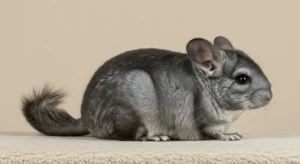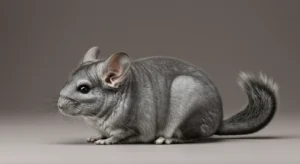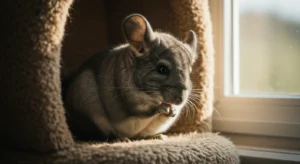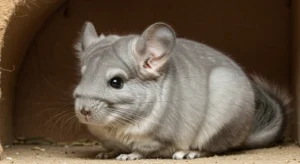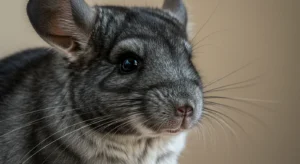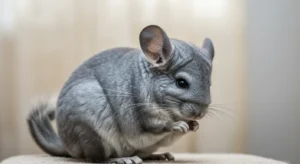 Chinchilla Safety
Chinchilla Safety Chinchilla-Proofing Your Home: Safety Tips
Providing supervised out-of-cage playtime is essential for a chinchilla’s physical exercise and mental enrichment. However, chinchillas are curious, surprisingly fast, excellent jumpers, and notorious chewers. Letting a chinchilla loose in an unprepared room is asking for trouble – potentially leading to injury or death for the pet, and damage to your home. Chinchilla-proofing is non-negotiable before allowing any playtime outside the cage.
Why Chinchilla-Proof?
Chinchillas explore their world primarily by nibbling and chewing. Their instincts don’t tell them that electrical cords are dangerous or that certain materials are toxic. Common household hazards include:
- Electrocution from chewing wires.
- Poisoning from ingesting toxic plants, chemicals, or human foods.
- Intestinal blockages from eating indigestible materials (plastic, fabric threads, carpet fibers).
- Injuries from falling objects they might knock over.
- Getting trapped in small spaces or escaping the designated area.
- Harm from other household pets.
Proper proofing minimizes these risks, creating a safe environment for exploration.
Selecting the Play Area
Choose a room or area that is easiest to secure:
- Small is Often Better: Bathrooms (ensure toilet lid is down and no access to cleaning chemicals) or hallways blocked off with pet gates are often ideal starting points as they have fewer hazards.
- Limited Furniture: Rooms with less furniture are easier to proof and supervise.
- Solid Flooring: Easier to clean and less risk of carpet fiber ingestion (though supervision is still needed).
- Doors and Windows: Ensure they can be securely closed.
Electrical Hazards
This is a top priority. Chinchillas are drawn to wires.
- Unplug Everything: If possible, unplug all electrical devices in the play area.
- Hide or Cover Cords: Use cord protectors (hard plastic conduit or chew-proof covers), run cords behind furniture where inaccessible, or lift them completely out of reach. Do not rely on simply tucking cords under rugs.
- Block Outlets: Use child-proof outlet covers.
Chewing a live wire can be instantly fatal. Thoroughly addressing chinchilla electrical cord safety is paramount.
Chewing Hazards
Assume your chinchilla *will* chew anything it can reach.
- Baseboards and Furniture: Block access to wooden baseboards or furniture legs you don’t want nibbled. Cardboard barriers or commercially available pet pens can work temporarily under supervision. Offering plenty of safe chew toys can redirect some chewing.
- Remove Small Objects: Papers, books, remote controls, shoes, plastic items – anything small enough to be ingested or easily destroyed should be removed.
- Fabric and Carpet: While unavoidable sometimes, watch closely for excessive chewing on carpets or upholstery, as ingested fibers can cause blockages. Provide safe fabric alternatives like fleece strips (check for loose threads) or cardboard to shred.
Toxic Substances & Plants
- Plants: Remove ALL houseplants from the play area. Many common plants are toxic to chinchillas. Check the ASPCA toxic plant list if unsure.
- Chemicals: Ensure cleaning supplies, medications, lotions, perfumes, air fresheners (especially plug-ins), and pest traps are completely inaccessible. Be mindful of residues on floors.
- Human Food: Never leave any human food or drink within reach. Even crumbs can be harmful.
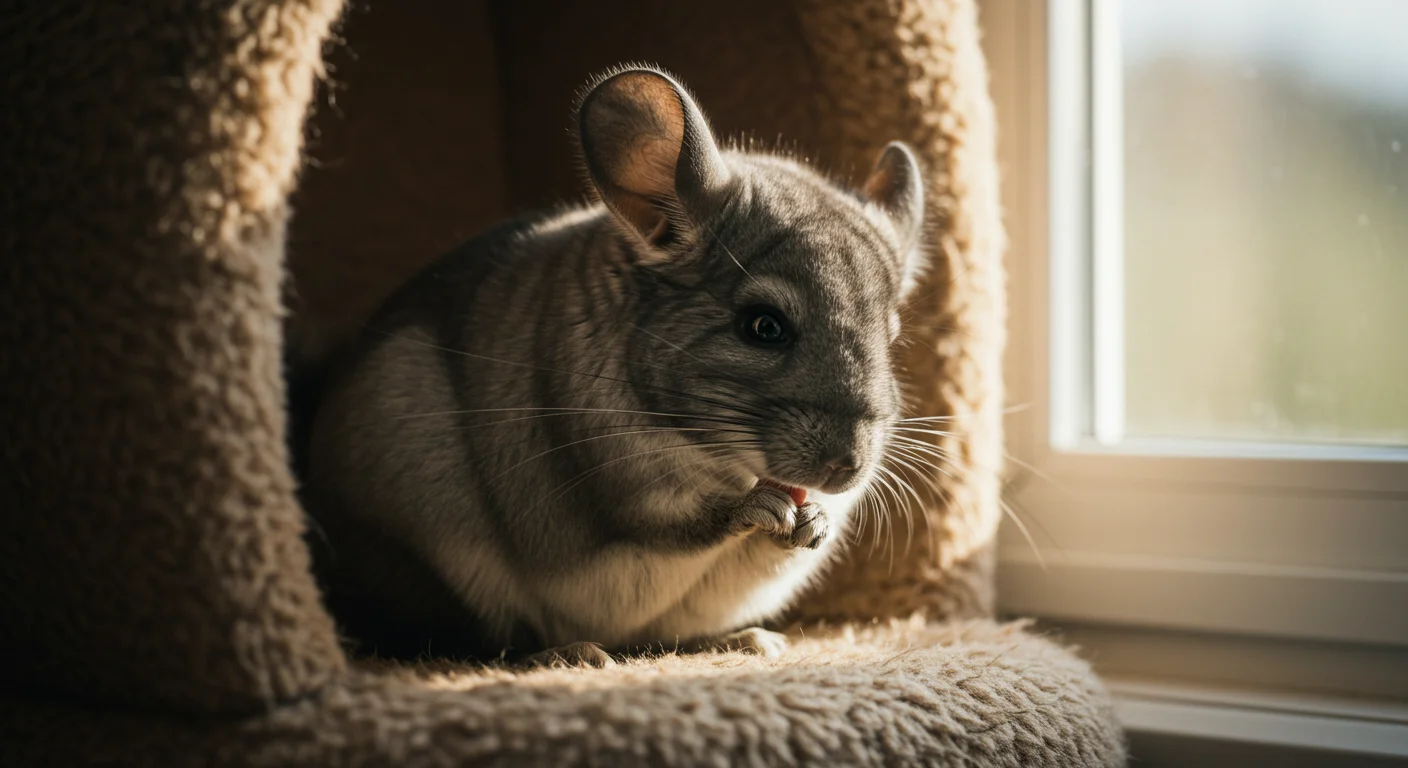
Escape Routes & Tight Spaces
- Doors and Windows: Keep securely closed. Inform household members that playtime is happening to prevent accidental opening.
- Gaps Under Doors: Block gaps if large enough for a chinchilla to squeeze under.
- Vents and Openings: Cover floor vents or any small holes/crevices they could enter.
- Behind/Under Furniture: Block access to tight spaces where they could get stuck or hide unsupervised (e.g., behind appliances, under low furniture). Creating safe chinchilla playtime boundaries is essential.
Other Pets and People
- Other Pets: Keep dogs, cats, ferrets, etc., out of the chinchilla’s play area. Even seemingly gentle pets can cause fatal injuries through play or prey drive. Interactions should generally be avoided.
- Small Children: Supervise interactions closely. Teach children to be calm and gentle, and not to chase or grab the chinchilla. Playtime might be best when children are not present initially.
Supervision is Mandatory
Chinchilla-proofing reduces risk, but it does not eliminate it. Never leave your chinchilla unattended during out-of-cage playtime, not even for a minute. They can get into trouble incredibly quickly.
Stay present and observant during the entire playtime session. By taking these precautions, you can provide safe, enriching playtime that benefits both you and your beloved chinchilla.


